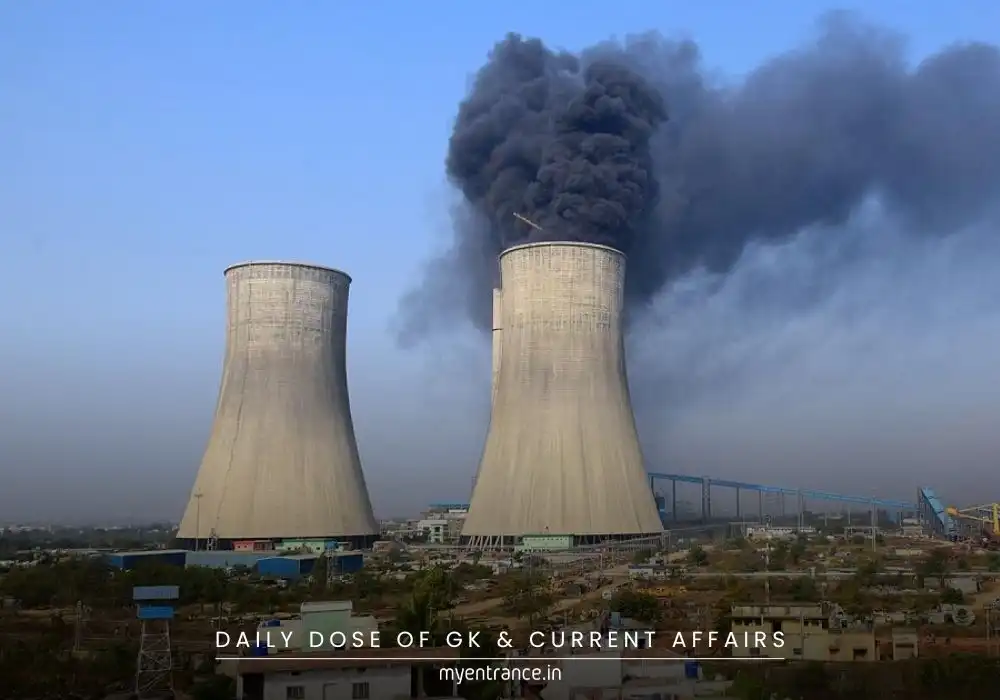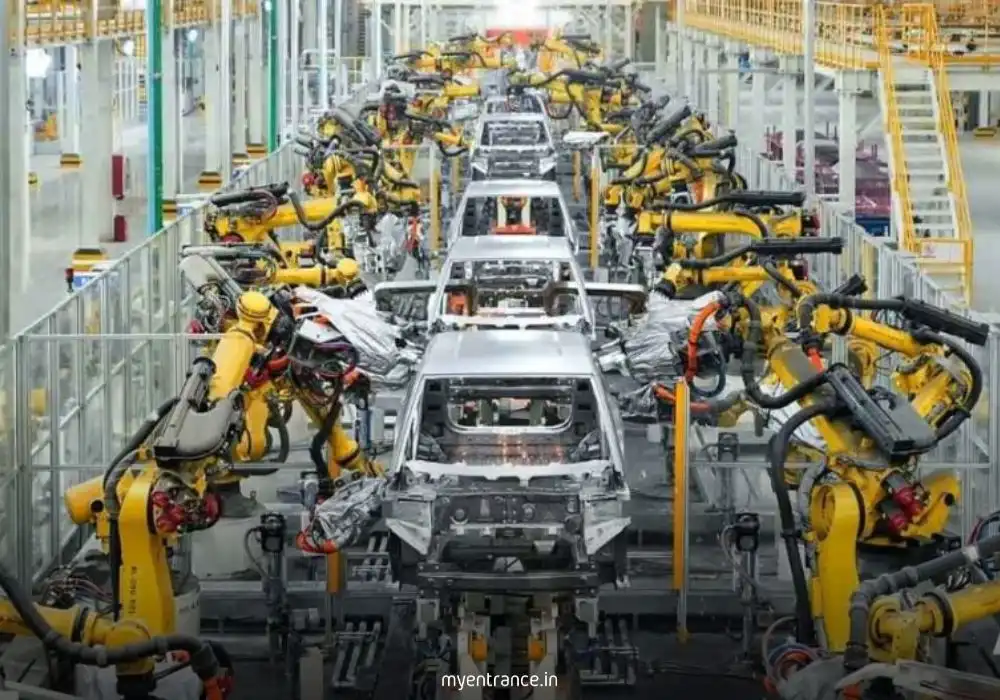Translate Language
Why Did the Environment Ministry Ease SO2 Emission Rules for Thermal Power Plants?
The Union Environment Ministry has defended its July 11 order revising sulphur dioxide (SO2) emission norms for thermal power plants. While critics call it a regulatory dilution, the government insists the decision is backed by scientific evidence and sustainability concerns. Here’s what you need to know.

Understanding the Revised SO2 Emission Norms
What’s the Issue?
Thermal power plants are major contributors to SO2 emissions, a harmful gas linked to respiratory diseases and acid rain. In 2015, India introduced strict SO2 emission limits, requiring plants to install Flue Gas Desulphurization (FGD) technology—a system that removes sulphur from exhaust gases.
However, the July 2024 revision exempts many plants from mandatory FGD installation, sparking debates over environmental and health impacts.
Key Changes in the New Framework
Category A Plants (within 10 km of Delhi-NCR or million-plus cities) must comply by December 2027.
Category B Plants (near critically polluted areas) will be assessed case-by-case.
Category C Plants (outside high-pollution zones) are fully exempt but must follow stack height rules.
Plants retiring before 2030 can skip FGD but must pay ₹0.40/unit if they operate beyond the deadline.
Government’s Justification
Claims no significant difference in SO2 levels between cities with and without FGD.
Argues Indian coal has low sulphur content, making FGD less impactful.
Says sulphate aerosols (from SO2) contribute minimally to PM2.5 pollution.
Critics’ Concerns
Relaxing norms could worsen air quality in the long run.
FGD exemptions may delay cleaner technology adoption.
Health risks from SO2 exposure remain, especially near power plants.
Why Does SO2 Pollution Matter?
Health Impact: Causes asthma, lung diseases, and aggravates heart conditions.
Environmental Harm: Leads to acid rain, damaging crops, soil, and water bodies.
Secondary Pollutants: Reacts in the air to form PM2.5 and smog.
Sample Questions & Answers for Competitive Exams
Q1. Which industry is the largest emitter of sulphur dioxide (SO2) in India?
A1. Coal-based thermal power plants are the primary source of SO2 emissions in India.
Q2. What is Flue Gas Desulphurization (FGD) technology used for?
A2. FGD removes sulphur dioxide from exhaust gases in thermal power plants, reducing air pollution.
Q3. According to the revised norms, which category of thermal plants is fully exempt from SO2 emission limits?
A3. Category C plants, located outside heavily polluted zones, are exempt but must follow stack height rules.
Q4. What is the main argument of the government in relaxing SO2 emission norms?
A4. The government claims Indian coal has low sulphur content and FGD has minimal impact on ambient air quality.
Q5. What penalty will thermal plants face if they operate beyond 2030 without FGD?
A5. They must pay ₹0.40 per unit of electricity generated as compensation.
Final Takeaways
The revised norms prioritize cost and feasibility over strict enforcement.
Long-term environmental and health impacts remain a concern.
Balancing energy needs and pollution control is a challenge for policymakers.
For more updates on environmental policies and exam tips, stay tuned to MyEntrance.in!
Get 3 Months Free Access for SSC, PSC, NIFT & NID
Boost your exam prep!
Use offer code WELCOME28 to get 3 months free subscription. Start preparing today!















